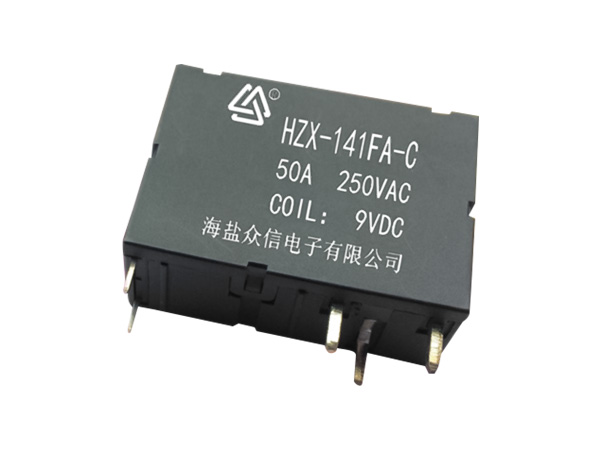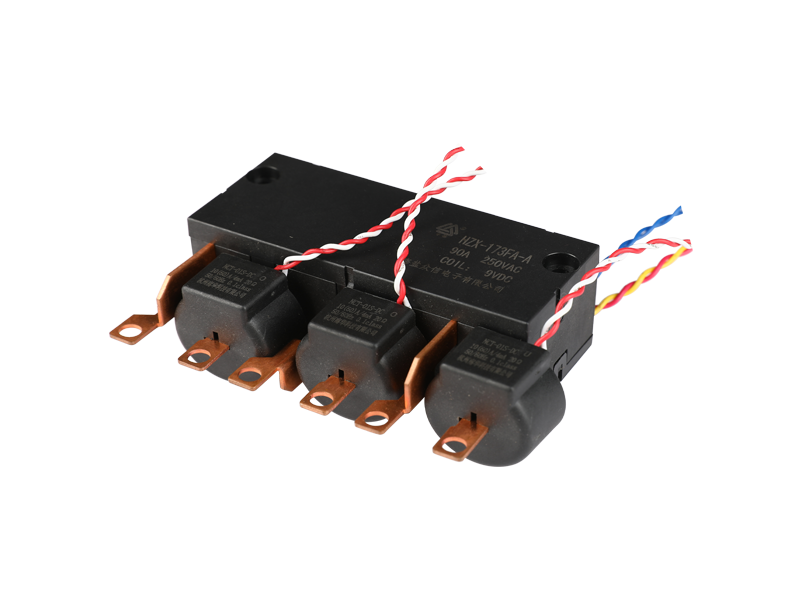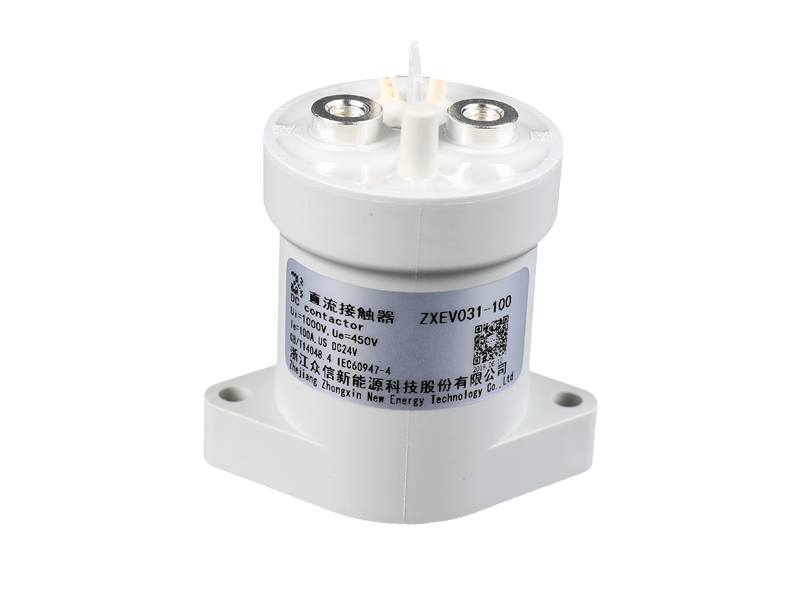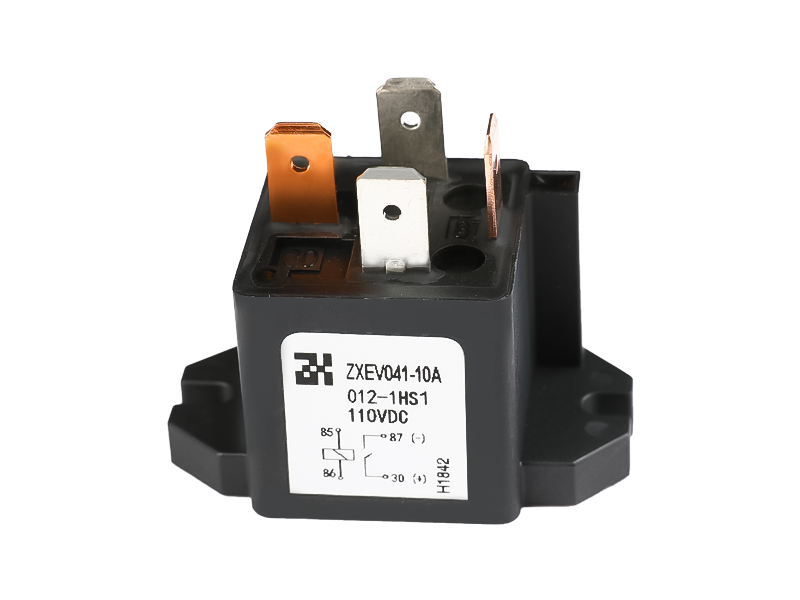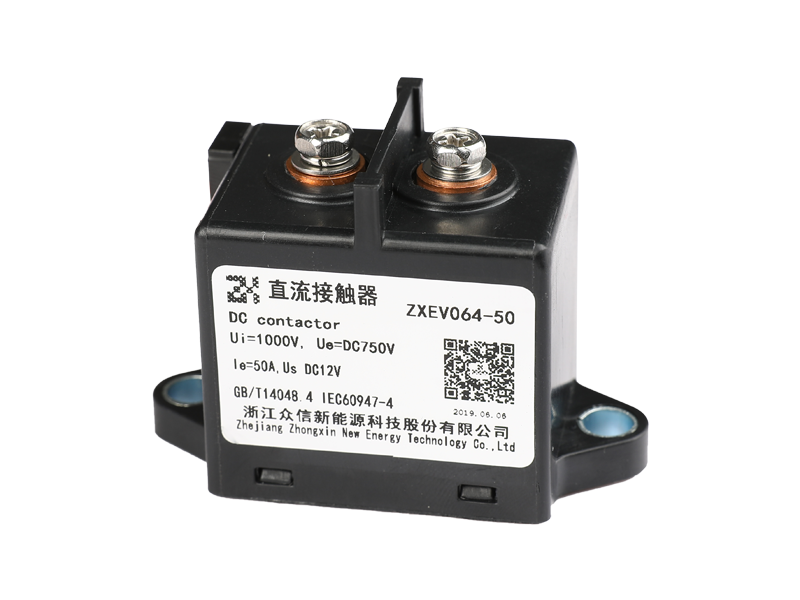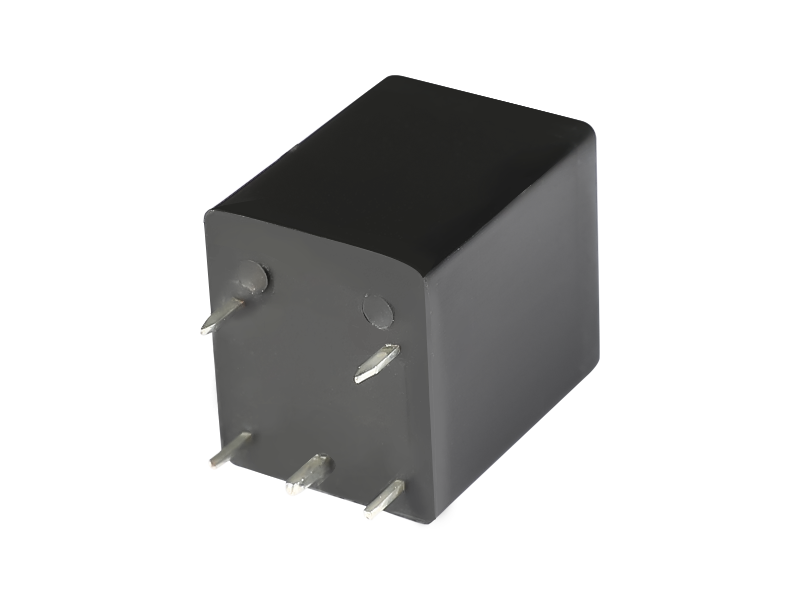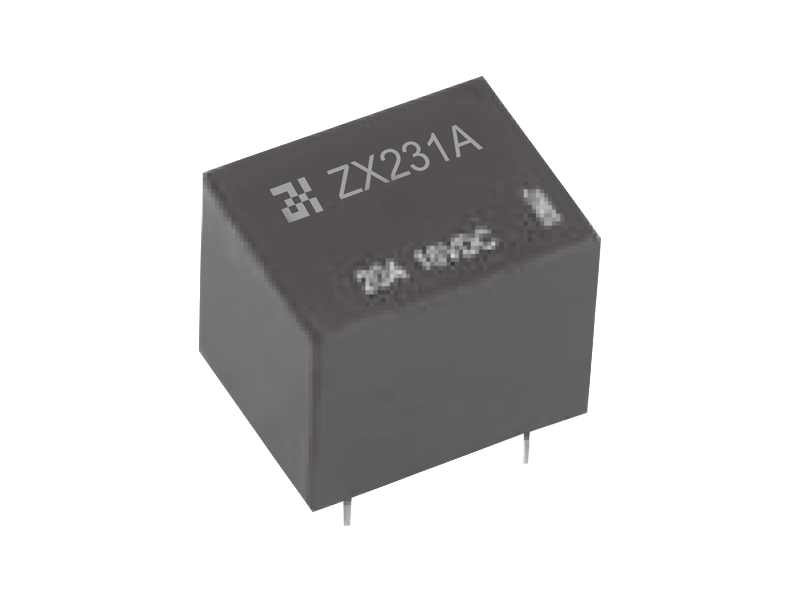What is the relay installation method
Update:20-10-2021
1. Installation direction
If the installation direction is consistent with the impact resistance of the relay, the performance of the relay can be fully utilized. It is recommended to make the impact direction perpendicular to the direction of movement of the contact and armature, which can effectively improve the vibration and impact resistance of the normally closed contact in the non-excited state. When installing, make the contact axis of the relay parallel to the ground, which can avoid contact splashes and carbides from falling on the contact surface and improve contact reliability. For multiple sets of relays, avoid that the small load contacts are located below the large load contacts.
2. Close installation
When multiple relays are installed close to each other, it will cause abnormal heating. Generally, 2mm spacing is recommended. Polarity or magnetic latching relays installed in close proximity will affect the operating voltage.
3. When installing the relay in the shell, you cannot remove the shell and install it first. To prevent loosening, damage, and deformation, please use spring washers. The tightening torque should be within the range of 0.5~70N·m.
4. The recommended insertion strength of plug-in relays is 40~70N.
5. Products that meet the same load requirements have different dimensions. According to the allowable installation space, products with low height or small installation area can be selected.
6. The installation methods of automotive relays include PCB board, ISO socket installation, ISO 280 socket installation, shell fixing, and card installation. For the relays that are small in size and not frequently replaced, the PCB board type is generally used, and for the relays that are frequently replaced, the socket installation method is selected. For relays whose main circuit current exceeds 20A, the socket quick-connect type is generally used to prevent large currents from passing through the circuit board and causing heat damage to the circuit board (except for short-term working relays). For large-volume relays, you can choose the shell mounting type to prevent damage to the mounting feet under shock and vibration conditions.

